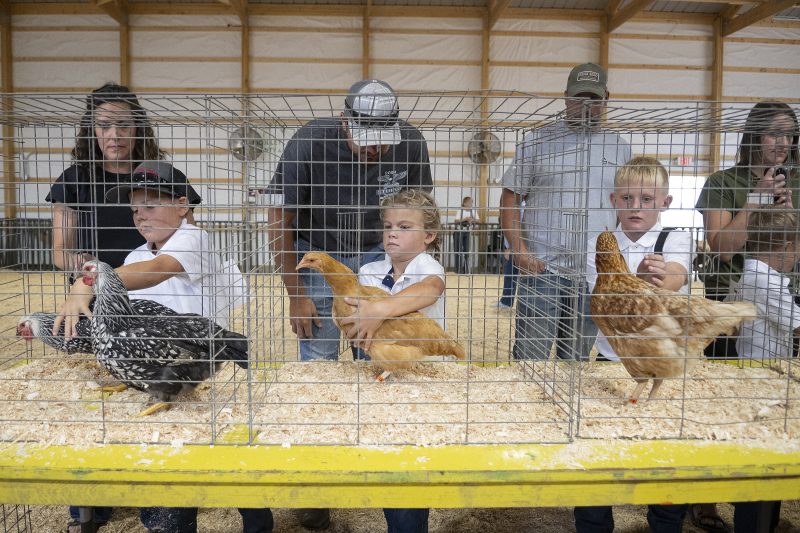In a resilient and ever-evolving political landscape, Tim Walz, the Democratic governor of Minnesota, has navigated through the intricate dynamics of his constituents, especially within the confines of a red district defined by its stark urban-rural divide. Throughout his tenure, Walz has faced the formidable challenge of reconciling the diverse needs and perspectives of his constituents, transcending the traditional urban-rural dichotomy.
One of the pivotal aspects of Walz’s governance has been his commitment to engaging with constituents at a grassroots level. By actively listening to the concerns and aspirations of individuals across the political spectrum, Walz has demonstrated a profound understanding of the issues that permeate both urban centers and rural communities. This approach has enabled him to bridge the gap between divergent viewpoints and foster a sense of unity among constituents with disparate backgrounds and beliefs.
Walz’s leadership in navigating the urban-rural divide has been particularly evident in his efforts to address key policy areas such as healthcare and education. By advocating for increased access to healthcare services in rural communities and investing in initiatives to enhance educational opportunities for students in both urban and rural areas, Walz has sought to create a more equitable and inclusive society where every individual has the chance to thrive.
Moreover, Walz’s political acumen and ability to collaborate with stakeholders from diverse backgrounds have been instrumental in forging partnerships that transcend geographic boundaries. By working closely with legislators, community leaders, and advocacy groups, Walz has championed initiatives that promote economic development, infrastructure improvement, and environmental sustainability across the entire district, regardless of whether the area is predominantly urban or rural.
In navigating the urban-rural divide within the red district, Walz has also demonstrated a nuanced understanding of the cultural and historical factors that shape the identities of different communities. By acknowledging the unique challenges and opportunities that urban and rural areas face, Walz has been able to tailor his policies and initiatives to address the specific needs of each region effectively.
Overall, Tim Walz’s tenure as governor of Minnesota stands as a testament to his ability to transcend traditional political boundaries and foster a sense of unity amidst diversity. By prioritizing listening, collaboration, and inclusivity, Walz has successfully navigated the urban-rural divide within the red district, laying the groundwork for a more cohesive and resilient community that embraces and celebrates its differences.




























